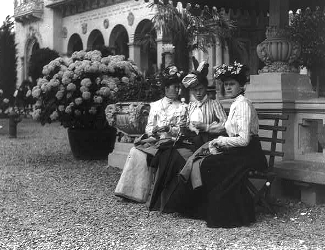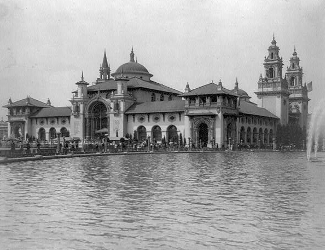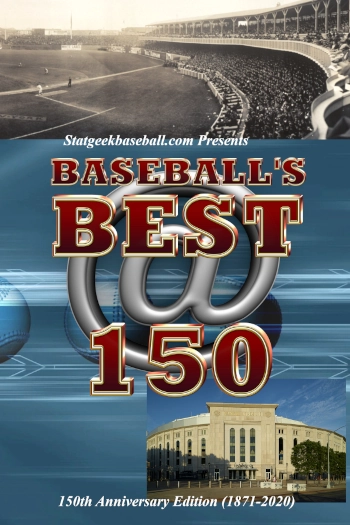Quick List Info

Dates Open - May 1 to November 2, 1901. 184 days. Midway and government buildings were closed on Sundays.
Attendance - 8,120,048 Total Attendance. 5,306,859 Paid Attendance.
International Participants - 19 Nations and Colonies.
Total Cost - Total cost of Exposition Authority $7,122,977. Total cost, including participants, reported as $10 million - 11.345 million on promotional brochure and other sources, but may not be accurate.
Site Acreage - 342 acres in part of Delaware Park.
Sanction and Type - Prior to the Bureau of International Exhibitions. Would be considered a Registered event today like those on the 5 year of the decade. Exposition was recognized by both Federal and State governments, both of whom gave appropriations. The Pan-American Exposition Company was incorporated by the State of New York. On behalf of the United States government, the Department of State in June of 1899 formally invited each of the governments in the Western Hemisphere to participate in the exposition.
Ticket Cost - 50 cents Adults; 25 cents Children. $0.465 Per Capita (Paid) Admission, $0.296 Per Capita (Total) Admissions.
Photo top center: Lithograph of the Manufacturers Building at the Pan-American Exposition, 1901, Niagara Envelope Manufactory, Gray Lithograph Company. Courtesy Library of Congress. Column Top: Electric Tower, 1901, C.D. Arnold. Courtesy Library of Congress. Column Below: Three women visiting the fair, 1901, Frances Benjamin Johnson. Courtesy Library of Congress.

Other Histories of World's Fairs to Check Out











